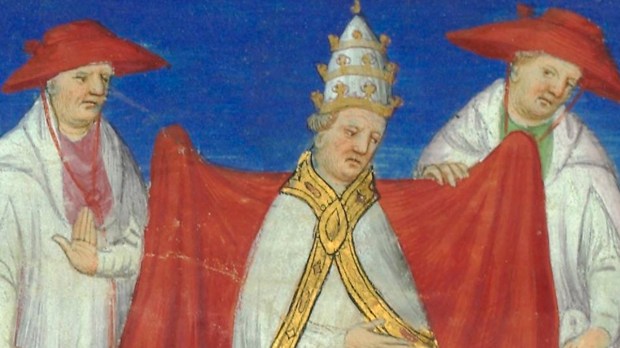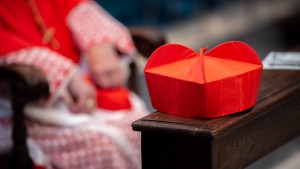The process for electing a new pope in the Catholic Church has gone through many changes over the centuries. It wasn’t always as clear as it is now, and when the process took over 2 years in the 12th century, Gregory X developed the idea of a conclave.
The Catholic Encyclopedia explains how the absence of a time limit prolonged the election of a new pope for over 2 years.
[I]n 1179, another Lateran Council under Alexander III made the rule that the pope is to be chosen by a two-thirds majority of the electors who are present. This last decree did not state what was to be done in case such a majority could not be obtained. When the cardinals found themselves face to face with this contingency on the death of Clement IV in 1268, they commissioned six cardinals as plenipotentiaries to decide on a candidate. The vacancy of the Holy See had lasted for two years and nine months.
Not surprisingly, subsequent popes found this delay to be unbearable, and it took Gregory X to implement some very strict protocols.
To prevent a recurrence of this evil, the Second Council of Lyons under Gregory X (1274) decreed that ten days after the pope’s decease, the cardinals should assemble in the palace in the city in which the pope died, and there hold their electoral meetings, entirely shut out from all outside influences. If they did not come to an agreement on a candidate in three days, their victuals were to lessened, and after a further delay of five days, the food supply was to be still further restricted. This is the origin of conclaves.
Cutting off food and water certainly seems a bit extreme to our modern ears, but Gregory X wanted to ensure that the cardinals knew the gravity of their duty and did not delay electing a new leader of the Catholic Church.
The idea of a conclave (the word comes from the Latin for “with key”), cut-off from the rest of the world, also helps limit outside influence. Previously various kings and nobles would try to influence the appointment of the pope, and this new protocol helped lessen this possibility.
Currently conclaves are conducted in a similar manner, though the extreme measures of depriving the cardinals from food and water are no longer needed.


